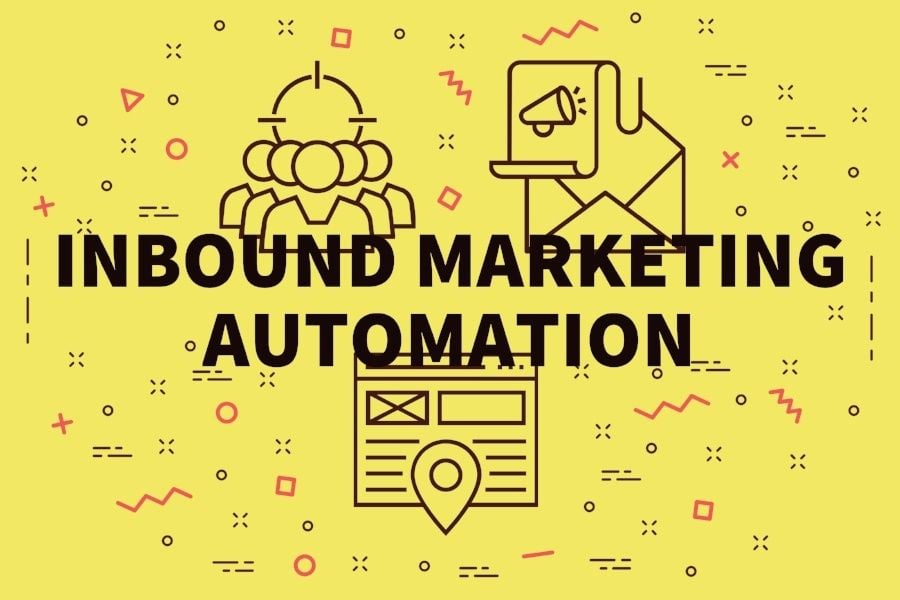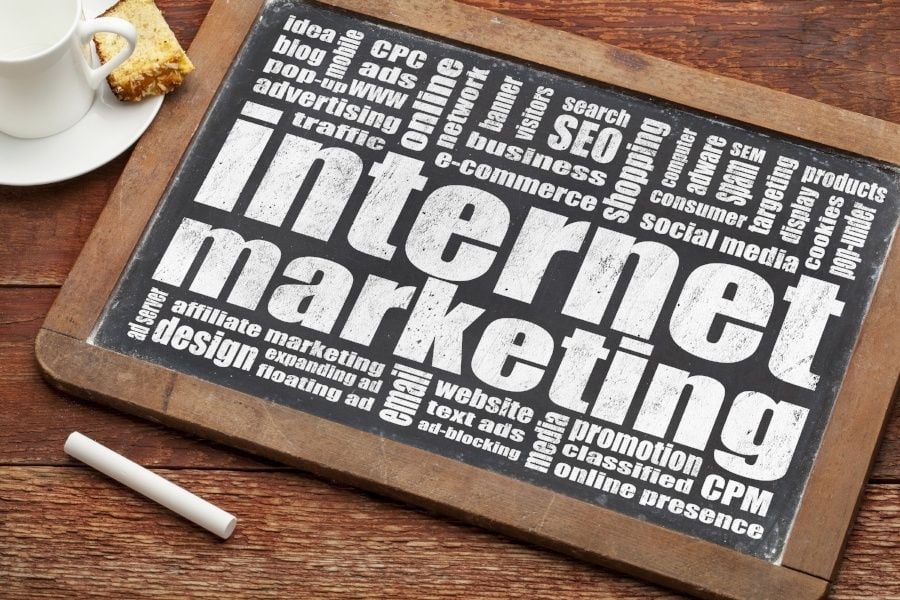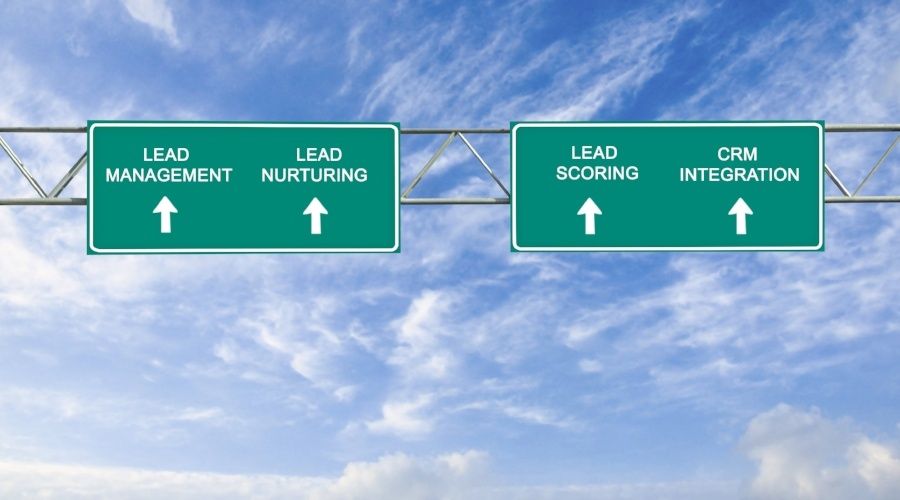
Authors Note: This is Part 3 of a four part series where we explore each stage of inbound marketing.
You've taken a user from Google's SERPs and managed to get his email address or other form of contact information. Now it's time for your sales representatives to take those leads and drive them through the sales pipeline.
Closing sales is arguably the trickiest stage of inbound marketing because it entails the marketing-to-sales handoff.
By managing your sales pipeline, nurturing leads, maintaining contact via email, and scoring leads based on their profitability, you'll set up a system to hit your sales quota now and in the future. This is the third phase of inbound marketing.
Pipeline Management
To add some structure to your campaign, it's important to create a sales pipeline for leads to move through. The further they get, the closer you are to closing a sale.
Map out the customer journey
With enough data, you can actually have a pretty good idea of what your pipeline looks like. You'll find that many of your leads follow a similar journey.
Of course, there will also be leads who blaze right through the sales pipeline or get stuck forever. According to this Harvard Business Review article, this has more to do with someone's preferences than your marketing strategy:
"Note that the journey is often non-linear. Someone may jump straight from awareness to purchase if they are not inclined to do research and have a strong recommendation from a friend, for example. Or they may spend a long time spinning through iterations of the research process for an expensive purchase."
The important thing is that you can divide your sales pipeline into three segments: the beginning, middle, and end. This will come in handy later when you're creating content and interacting with leads.

Manage the marketing-to-sales handoff
Some point in the sales pipeline marks the marketing-to-sales handoff. Your business needs to keep these teams aligned for a seamless transition.
Sales representatives should understand your marketing strategy and brand ethos. The teams should aspire to help each other and not make accusations when the campaign isn't performing well.
Lead Nurturing
Leads won't advance through the sales pipeline on their own. They require nurturing to learn more about your business and products.
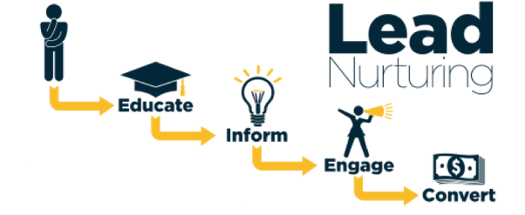
Have content for each stage of the sales pipeline
By far, the most important aspect of lead nurturing is having relevant content for each stage of the sales pipeline.
If you keep sending prospects beginner-level content, then they'll never advance past that stage. Likewise, new leads probably aren't ready for in-depth content, so you should send them beginner-friendly information.
This Moz article nicely describes the kind of content you should send to leads in the middle of the sales pipeline:
"In the consideration phase, a consumer starts to associate you with the solution you offer. This is the time when you want to supply them with content that helps them evaluate you and your products. At this stage, we're speaking directly to the people we think our business can help and making sure they know how we can help them."
The further a lead gets in the sales pipeline, the more promotional sales representatives can get. In the middle stage that the article describes, for example, they can talk about your products, but they shouldn't sound like a commercial. Save the aggressive tactics for the most qualified leads.
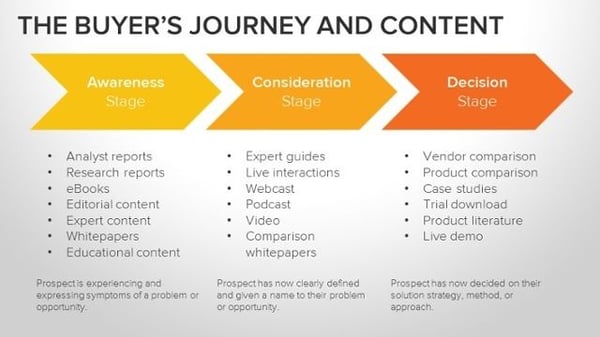
Get in touch with leads often
Don't be afraid to get in touch with leads several times before you close a sale. In fact, when you get a lead's contact information, you should reach out several times within the first week.
There's no magical formula that will tell you how often you should contact prospects. Do it enough so that they'll advance through the sales pipeline, but not too much so that they unsubscribe from your newsletter.
With an invitation to a lead's personal inbox, email remains one of the most effective ways to get in touch with leads. It plays a central role in inbound marketing since you can target prospects with lead nurturing tactics.
Segment your email list
More than 4 in 5 businesses use basic segmentation for their email lists. You can base this decision on demographics, engagement, or however you see fit. The more segments you create, the more specific you can make your emails.
Create an email newsletter
Starting an email newsletter is a great way to deliver quality content to leads. You already have their email addresses, so now you can send targeted messages to your different segments.
The content in these emails should correspond to your lead nurturing efforts so that they advance users through the sales pipeline without sounding promotional.
Run A/B tests to perfect your messages
Before sending an email to your entire list, it's good practice to run it through a series of A/B tests. At this time, you can see whether users prefer a certain subject line, font, or layout.
The trick is to only test for one variable at a time and hold everything else constant. If the test users are representative of your subscribers, then editing the email based on their responses will help you send more effective messages.
Lead scoring
Not all leads are equal in terms of value. As your company grows, you'll have less time to dedicate to each lead. With lead scoring, you can rank your prospects and prioritize the most valuable ones to make the best use of your time.
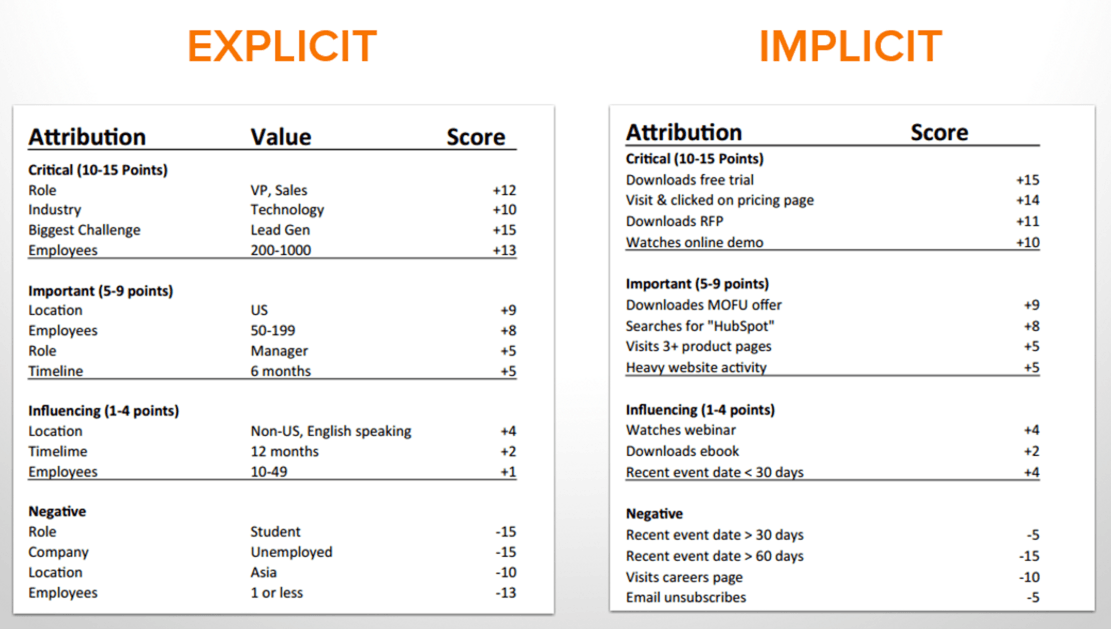
Keep track of costs and sales numbers
Some businesses only track how much a lead costs. But according to this Inc article, the most expensive leads are sometimes the most valuable ones for your business:
"You might have one source where a lead costs you $500, but closes at a higher rate than the ones that cost you $100. You want to know that so that your salespeople spend more time with high-quality leads."
Context is everything. Keep track of both the costs and sales of each lead to know how valuable they really are.
Focus on the most profitable leads first
How should sales representatives start contacting your leads? By going through the list alphabetically? By starting with the leads you first generated?
After you score your leads, sales representatives can start contacting the most valuable prospects.
This maximizes the use of their time and your company's sales. Only once the most valuable leads are taken care of should sales representatives make their way down the list.
Conclusion
Closing strategies need structure. Map out your sales pipeline and nurture leads through it via email marketing. All the while, sales representatives should focus on the most valuable prospects according to your lead scoring results.
The next phase of your inbound marketing campaign will focus on delighting customers so that they remain loyal to your business. For more information about inbound marketing, contact us today.




